End of year tax planning tips

With the end of the tax year fast approaching, there may still be time to review your tax and financial affairs to make sure you have optimised all your tax allowances and tax planning opportunities. So here’s a few of things to look at before the start of the new tax year on 6 April 2023.
Isas
One of the first things to do, if you can, is to make sure you have used your Isa allowance. For the year 2022-23, this is £20,000 and is a good way to invest for the long-term. If you are looking to help the children in your life, you can also invest up to £9,000 per child into a Junior Isa.
Investing in an Isa makes sense as going forward as any future returns are free of income tax, capital gains tax and dividend tax. However, don’t delay, as if you don’t use your allowance before the end of the tax year, it is lost forever.
Dividend allowance
Obviously, the first step is to get your dividends tax-free via your Isa. However, you probably have investments in stocks and shares as well, which means you could receive dividend payments from these. If so, the first £2000 of dividend income is tax free. However, after that, you will be taxed according to your Income Tax band - 8.75% if you pay at the basic rate, 33.75% if you pay at the higher rate and 39.35% if you pay at the additional rate.
Please note that the dividend allowance is dropping to £1,000 in the 2023/24 tax year and again to £500 in the 2024/25 tax year.
Pension contributions
You then need to look at your pension contributions, which can impact on your overall taxable income. A pension is still one of the best ways of saving for retirement, as you get tax relief on the money you put into your pension pot (up to a maximum of £40,000 this tax year). Because of this, you should look to pay in as much as you can afford on a regular basis.
If you haven’t used all your pension allowance in one year, you can ‘carry it forward’ for up to three years. This means the use-by date from the tax year 2019/20 is 5 April 2023. So now is a good time to think about topping up your pension, particularly as this money can benefit from compounding and could add a significant amount to your total pension pot in the long-term.
Bear in mind, however, that the pension lifetime allowance – ie the limit you can build up in pension benefits over your lifetime while still enjoying the full tax benefits - has been frozen at £1,073,100 until April 2026.
Inheritance Tax Planning
You should also be thinking about your potential inheritance tax (IHT) bill. Each individual has an annual exemption allowing you to gift up to £3,000 each tax year. You can also carry over any unused allowance from the previous year, enabling you to potentially gift up to £6,000 in any one tax year (or £12,000 in conjunction with your partner). These gifts, along with the small gifts allowance of £250 per person, are immediately IHT exempt.
It could also be time to think about some longer-term inheritance tax planning as well as some of the actions you can take to help reduce the IHT liability of your estate.
As a reminder, IHT is usually charged on estates valued higher than £325,000 where a person has died and is passing on assets to beneficiaries. On top of that, for homeowners there is the Main Residence Nil Rate Band (MRNB) which can add a further allowance of up to £175,000*. However, the MRNB is only valid on your main residence and where the recipient of the home is a direct descendant (eg child, step-child, grandchild). The rules are complicated, so getting financial advice on this makes sense.
Where IHT is due, it is usually levied at 40% on the parts of the estate valued above your IHT allowances, but this bill can be managed and reduced through the use of certain trusts, gift giving and charitable donations, as well as using the benefits of Business Relief, for example.
Capital Gains Tax
Finally, you may want to look at your capital gains tax situation. Each individual can realise capital gains of £12,300 completely free of capital gains tax (CGT), which means a married couple can realise gains of £24,600 free of CGT. It should also be borne in mind that the £12,300 allowance per person will be reduced to £6,000 from 6 April 2023 and to £3,000 from 6 April 2024, which could have tax planning implications for many.
In most cases, any transfers of assets between married couples are free of both inheritance tax and capital gains tax and so this option should be considered where both annual exemptions can be used. You may also have capital losses carried forward from earlier years to use. In addition, you can also claim some ‘allowable expenses,’ such as for house repairs.
As a reminder, basic-rate income taxpayers pay 10% on anything above the annual allowance, and higher-rate taxpayers pay 20%. For property, the rates are higher: 18% and 28% respectively.
Tax planning advice
With under two months to go before the end of the tax year, time is running out for you to act and this article only covers some of the options. Tax planning is a complex area, so if you think you may need help before this year’s deadline, talk to us. We’d be delighted to help you with your tax planning needs.
*source HMRC 02/22
This article is for information purposes only and should not be considered investment advice or an offer of any security for sale. Nor does it represent a recommendation of any particular security, strategy or investment product. Taxation reliefs, levels and bases can change in the future and the contents of this website refer to our understanding of current taxation legislation. Tax is dependent on your own personal situation and circumstances and is subject to change based on UK legislation and taxation
